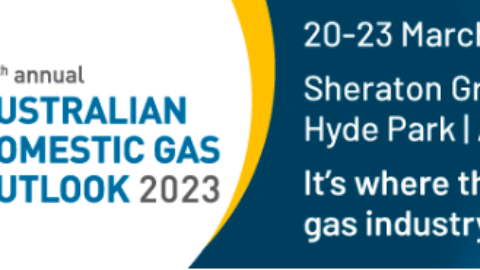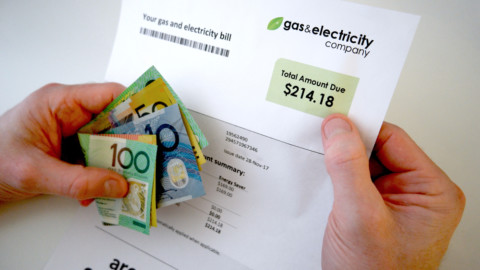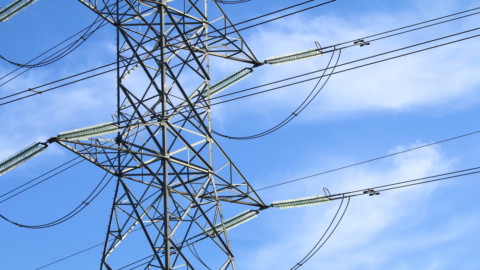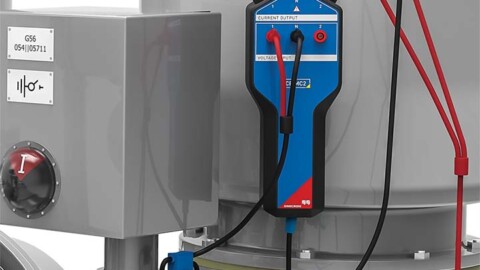Utilities across Australia and the globe are increasingly turning to the potential of digital data and digital intelligence to assess the condition of assets. The use of digital technologies and data analytics is disrupting traditional business models, changing the way linear assets are designed, built, inspected, and operated.
The COVID-19 pandemic, technological advancements, regulatory changes, as well as the shift towards renewables, and a declining workforce, have created a state of upheaval across industries. The utility sector was slow to adopt automation in the past.
However, the recent retirement of experienced workers who are not being replaced has sparked a change in this trend. As the number of industrial assets and the data they generate grows at an exponential rate, utilities are looking for ways to inspect assets with fewer staff.
Rapid assessment processing
When a New South Wales based power utility turned to Altavec’s AIMS Virtual Asset Assessment (VAA) tool, it knew the cloud-based platform could streamline the process of capturing and analysing images of assets. AIMS VAA uses images taken by helicopters, drones, or field inspectors, and automatically associates them with the appropriate assets based on the image metadata.
Rapid and streamlined processing takes less than 24 hours with images captured on one day and uploaded and ready to review by the next. This eliminates the need for manual association and makes the process more efficient.
But the technology application goes further, it now accelerates the utility inspection department workflows, optimising asset performance and ensuring networks stay compliant and reliable. The use of Artificial Intelligence (AI), and Machine Learning (ML) algorithms now automated asset inspection within the Altavec AIMS VAA platform. Virtual asset inspections and defect identification are now performed automatically, thus filling the gap created by the shortage of skilled workers.
Insights to recommendations
AI pulls actionable insights from complex data sets and delivers recommendations to inspection teams. For example, AI can estimate an asset’s current state based on prevailing environmental and usage conditions without requiring a physical inspection.
Predictive maintenance is now possible, improving asset reliability by identifying risks and providing the information needed to fix critical assets before they fail. The use of ML algorithms for data intelligence is rapidly advancing – consider that ML is like having a team of experts working around the clock to analyse data sets and pull the most valuable insights.
The larger the data set, the more accurate the predictions, as machine learning is not biased towards one sample, in fact the more data accessible by the ML algorithm the more accurate the predictions and insights become.
Technologies such as ML and AI provide deeper insights into each asset’s condition. With this information, maintenance strategies are optimised to increase the assets’ lifespan, minimise the need for replacement parts or equipment, and focus the efforts of skilled asset workers.
Real results
Our customer, a New South Wales energy utility, saw its asset inspection program successfully transformed using AIMS VAA. A 40 per cent increase in the number of asset inspections and a 30 per cent savings on current asset maintenance programs was realised. This resulted in measurable operational time and cost savings, improved safety outcomes, and enhanced network accuracy.
Better asset management and decision-making was enabled, helping the utility to operate more efficiently and effectively. An extension of the program is now underway – asset inspections via AIMS VAA now cover an expanded part of network operations, further streamlining maintenance and repair processes, improving customer satisfaction whilst optimising the overall management of network assets. Network problems solved; that’s the purpose of Tech Mahindra Altavec.
This sponsored editorial was brought to you by Altavec. To learn more, please visit www.altavec.com or email [email protected].

















